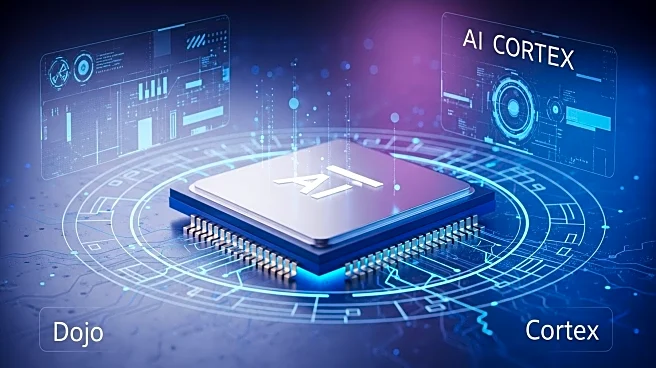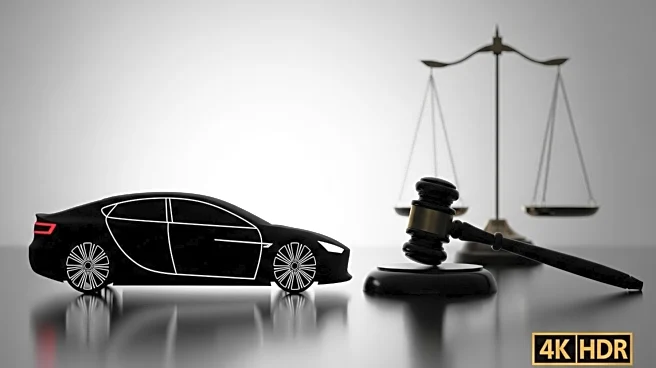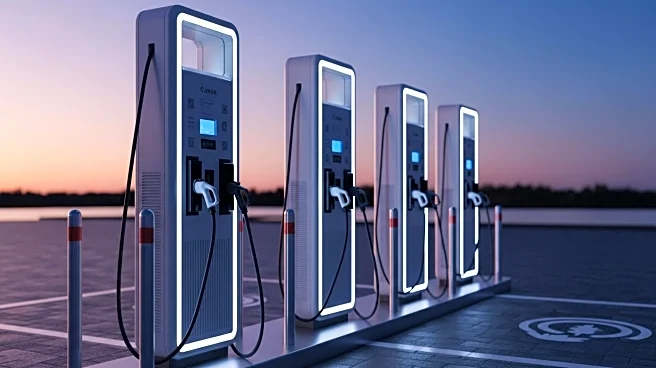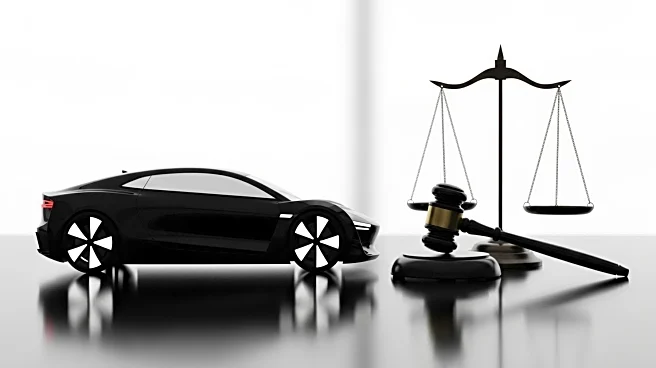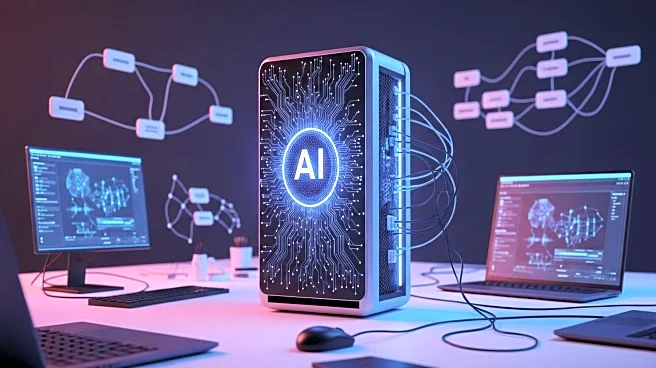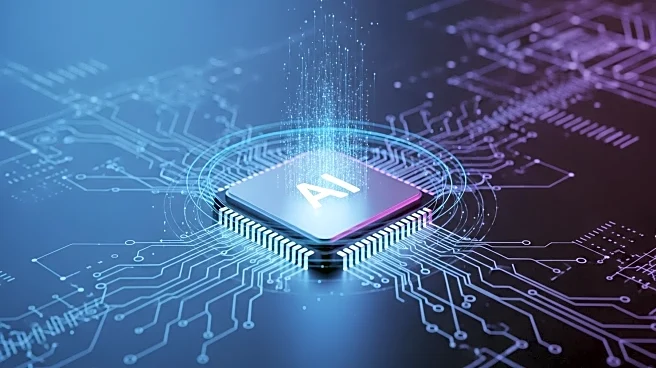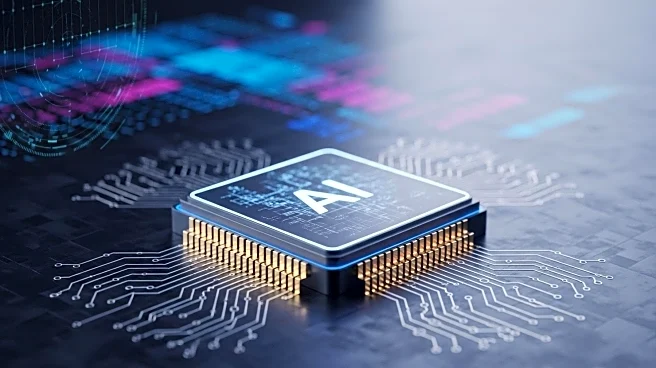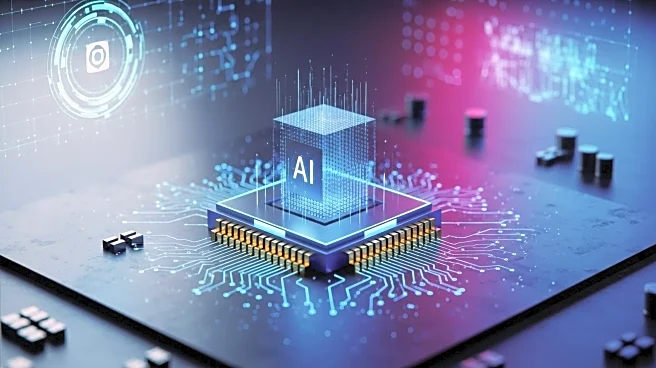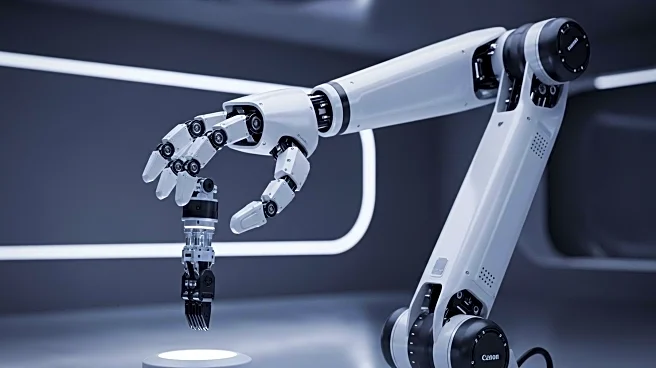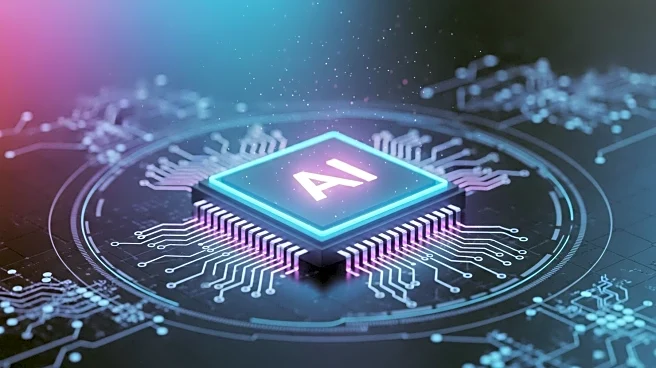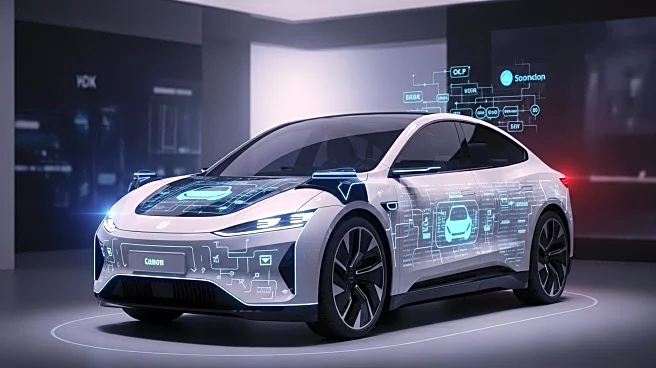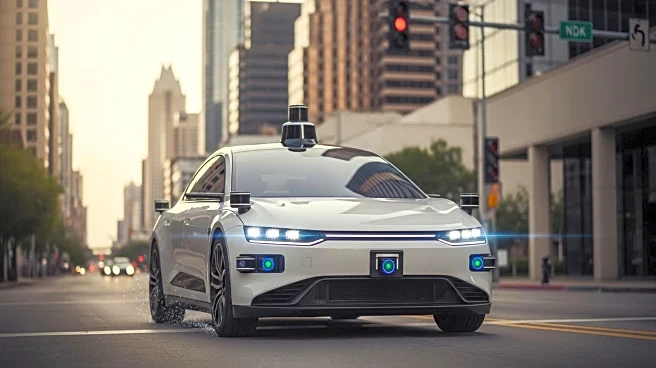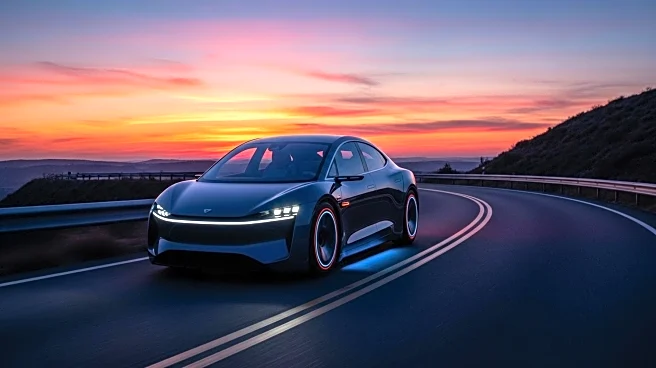What is the story about?
What's Happening?
Tesla, led by Elon Musk, has shifted its focus from the Dojo supercomputer to a new AI training supercluster named Cortex. Initially, Dojo was intended to enhance Tesla's Full Self-Driving (FSD) capabilities by processing large volumes of video training data. Despite expectations that Dojo would revolutionize AI training with Tesla's custom D1 chips, the project encountered challenges and was eventually overshadowed by Cortex's development. Cortex, now operational at Tesla's Austin headquarters, employs approximately 50,000 Nvidia GPUs to support the latest version of FSD, offering significant improvements in safety and performance. This strategic shift aligns with Tesla's broader AI objectives, including the development of the AI6 chip in collaboration with Samsung, aimed at advancing FSD and Tesla's Optimus humanoid robots.
Why It's Important?
The transition from Dojo to Cortex represents a significant strategic pivot for Tesla, consolidating its AI efforts into a unified path. This move is crucial for Tesla's ambitions in autonomous driving and robotics, potentially enhancing the safety and performance of its vehicles. The collaboration with Samsung on the AI6 chip further underscores Tesla's commitment to advancing its AI capabilities. This development could have substantial implications for the automotive industry, particularly in the realm of self-driving technology, as Tesla continues to push the boundaries of AI innovation.
What's Next?
Tesla's focus on Cortex and the AI6 chip suggests ongoing advancements in its AI technology, which may lead to further improvements in its Full Self-Driving capabilities and the development of its Optimus humanoid robots. The automotive industry and tech stakeholders will likely monitor these developments closely, as Tesla's innovations could influence future trends in autonomous driving and robotics.
AI Generated Content
Do you find this article useful?
